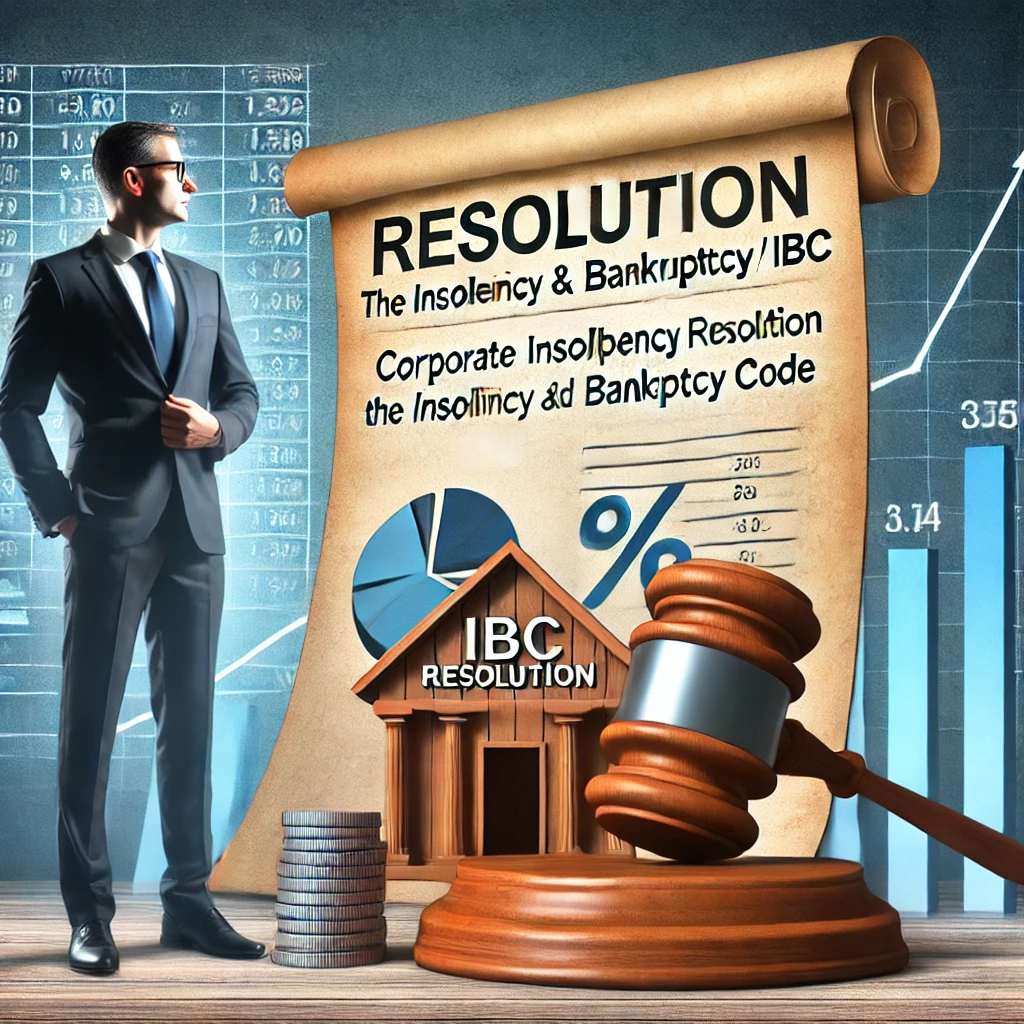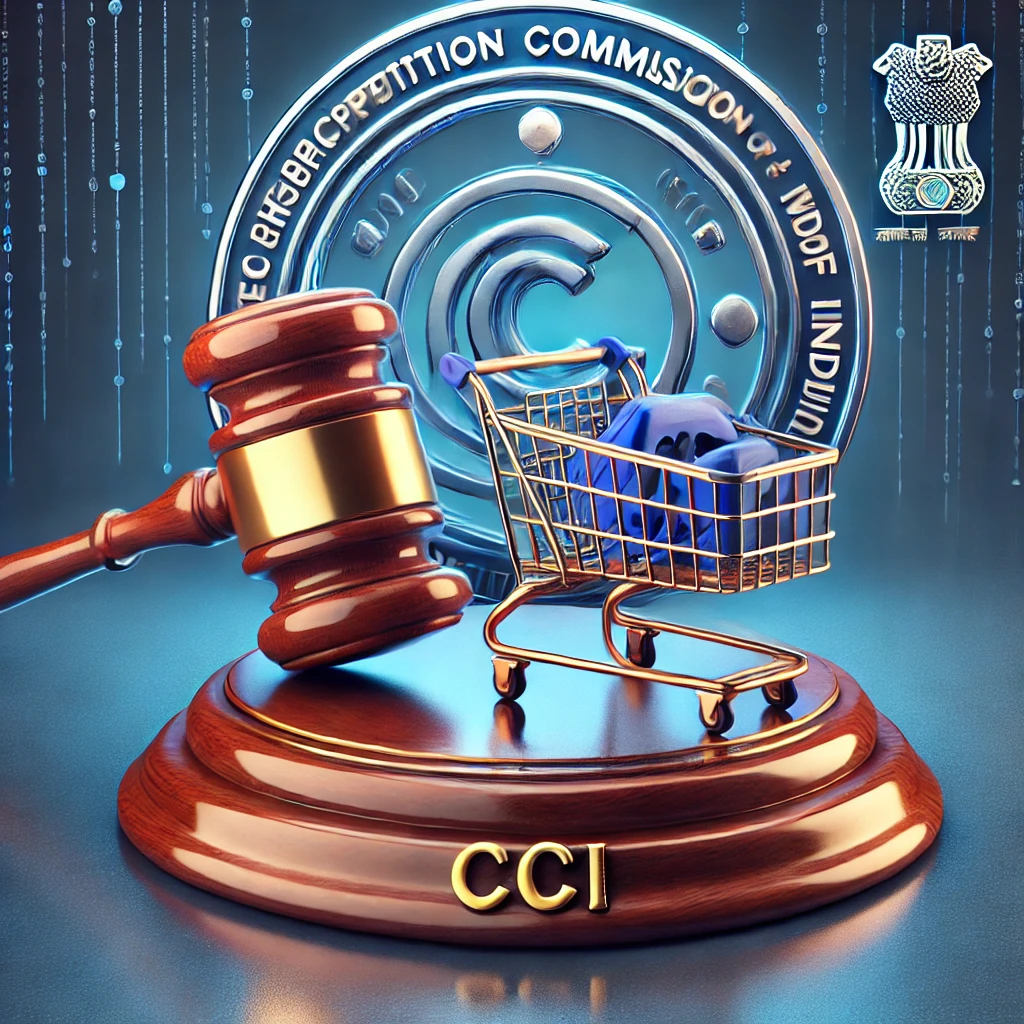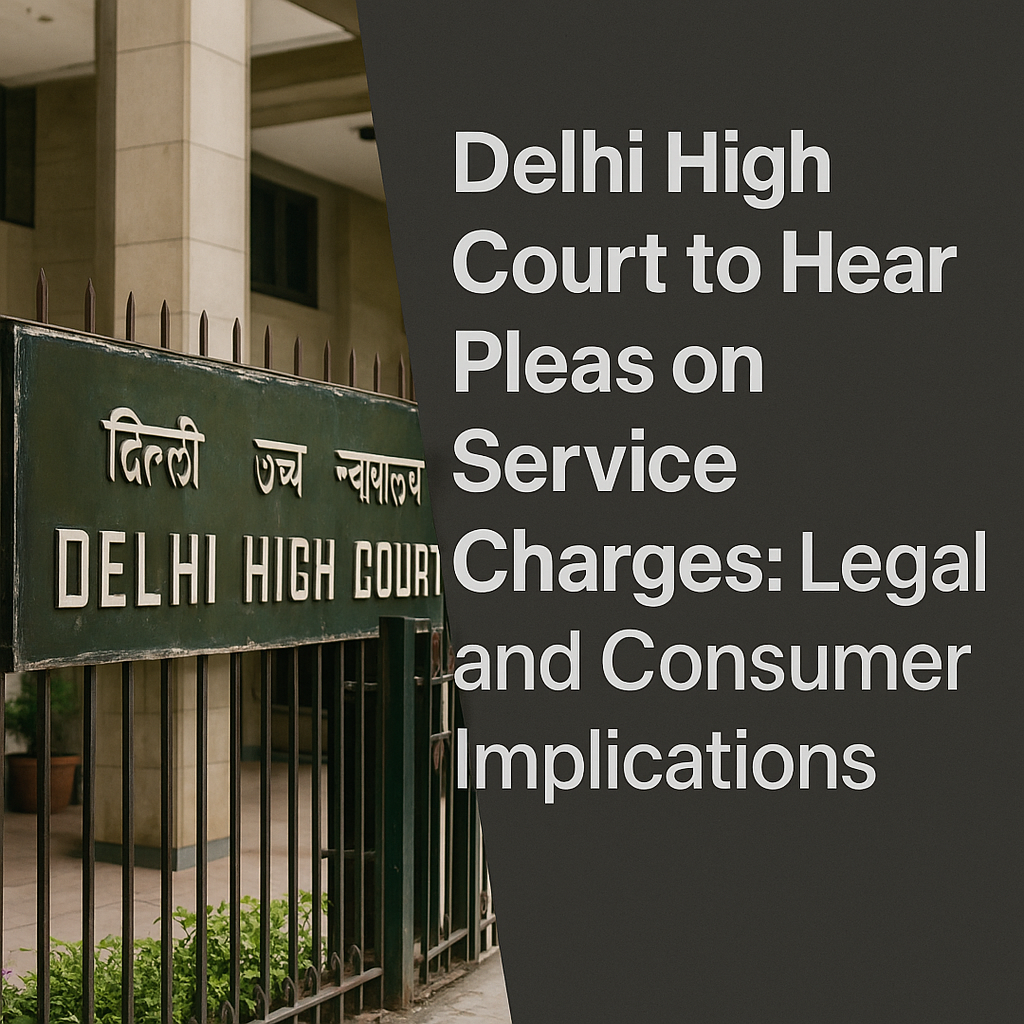Criminalisation Of Hate Symbols
Criminalization of Hate Symbols
Hate symbols are signs, gestures, images, or writings that are used to express hatred, incite violence, or discriminate against individuals or groups based on race, religion, ethnicity, caste, gender, sexual orientation, or other protected characteristics.
The criminalization of hate symbols occurs when the law prohibits the use, display, or dissemination of such symbols because they:
Incite violence or public disorder
Promote hatred against a particular community
Threaten social harmony or equality
Legal Framework in India
In India, there is no single law that criminalizes hate symbols explicitly, but several statutes deal with the issue:
Indian Penal Code (IPC)
Section 153A: Promotes enmity between different groups on the grounds of religion, race, caste, place of birth, etc., and acts prejudicial to maintenance of harmony.
Section 295A: Deliberate and malicious acts intended to outrage religious feelings.
Section 505: Statements conducive to public mischief, including hate speech.
Information Technology Act, 2000
Section 66A (Repealed in 2015): Earlier criminalized offensive messages online, including hate symbols.
Section 67: Punishment for publishing obscene or inflammatory material in electronic form.
Prevention of Insults to National Honour
Sections dealing with desecration of the national flag or symbols.
Judicial Approach
The judiciary in India has addressed the issue of hate symbols in multiple cases, balancing freedom of speech (Article 19) with protection against hate speech (Article 15 & 17).
Case Laws on Hate Symbols
1. K.A. Abbas v. Union of India (1970)
Facts: The petitioner challenged censorship of a film that had scenes critical of communal violence.
Legal Principle: The Court emphasized that freedom of speech is not absolute; it can be restricted to prevent public disorder, including the use of symbols or content that promotes hatred.
Significance: Early recognition that media or symbols capable of inciting communal tension can be regulated.
2. Shreya Singhal v. Union of India (2015)
Facts: This case challenged Section 66A of the IT Act, which criminalized sending offensive messages via electronic communication.
Judgment: Supreme Court struck down Section 66A as unconstitutional, but clarified that hate speech or materials intended to incite violence are not protected under Article 19(1)(a).
Significance: While the Court struck down overly broad provisions, it upheld that the law can criminalize hate speech and related symbols if they incite violence.
3. S. Rangarajan v. P. Jagjivan Ram (1989)
Facts: A Tamil film depicting political and religious satire was banned in some states.
Judgment: Supreme Court held that artistic freedom cannot override public order; symbols or expressions that provoke communal or caste tensions can be restricted.
Significance: Use of visual or verbal symbols in media can be criminalized if they incite hatred.
4. Balwant Singh v. State of Punjab (1995)
Facts: The accused displayed banners and flags associated with communal violence.
Judgment: Court convicted under Section 153A of IPC, holding that the display of symbols of hatred with intent to incite enmity is punishable.
Significance: Direct application of criminal law to hate symbols.
5. Arup Bhuyan v. State of Assam (2020)
Facts: A case involving online circulation of images glorifying terrorist acts and hate messages against a community.
Judgment: Court upheld conviction under Sections 153A and 505 of IPC, emphasizing that symbolic representations and messages can constitute hate speech if they incite communal tension.
Significance: Extended criminal liability to online symbols and digital content.
6. National Minorities Commission v. State of Punjab (2000)
Facts: Display of posters and paintings in public places that were derogatory to a particular religious group.
Judgment: Court held that display of derogatory symbols in public spaces constitutes intentional insult and promotion of enmity, punishable under IPC Section 153A.
Significance: Public display of hate symbols, even without direct violence, can attract criminal liability.
Summary of Key Principles from Cases
Intent matters: Hate symbols must have the intent to provoke enmity or violence.
Public order is paramount: Freedom of expression can be restricted to prevent communal disharmony.
Medium is immaterial: Symbols in print, media, or digital platforms are all punishable if they incite hatred.
Overlap with hate speech: Hate symbols often constitute hate speech under IPC sections.
Conclusion
Criminalization of hate symbols is a protective measure for society. Indian courts have consistently held that while freedom of speech is fundamental, symbols or expressions designed to incite hatred, violence, or communal disharmony fall outside this protection and are punishable under IPC and allied laws. Cases from Balwant Singh to Arup Bhuyan show an evolution from physical displays of hate symbols to online digital forms.









0 comments